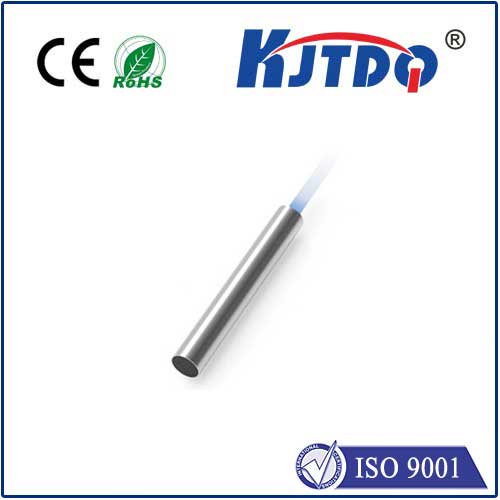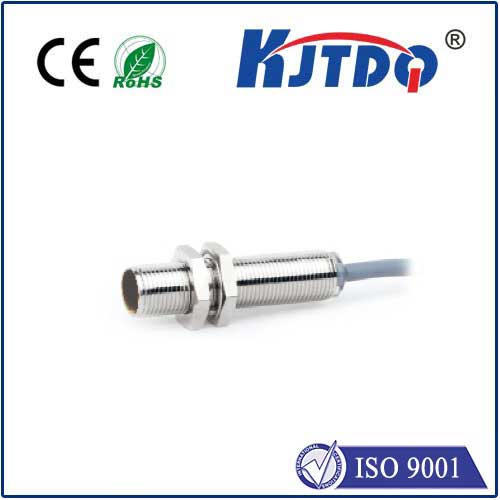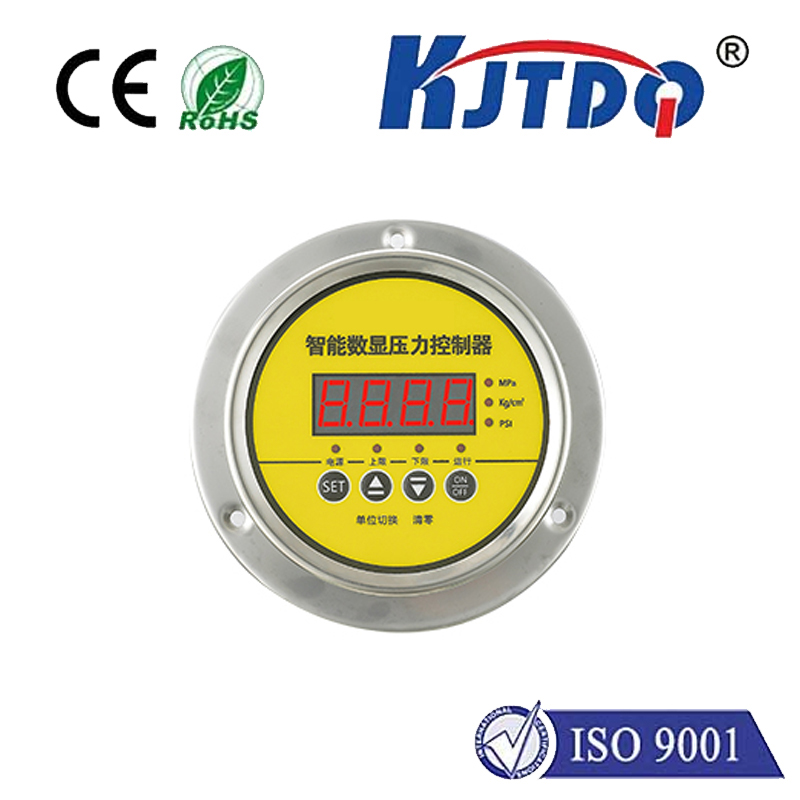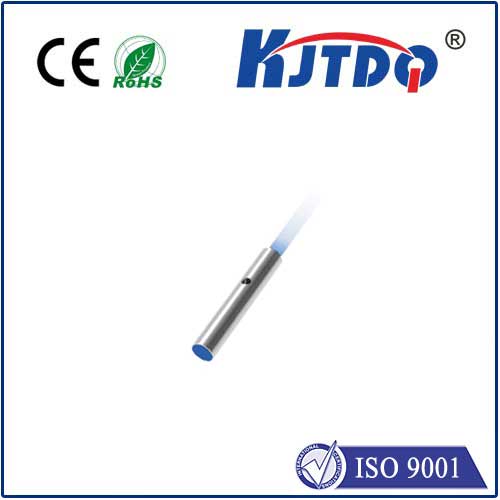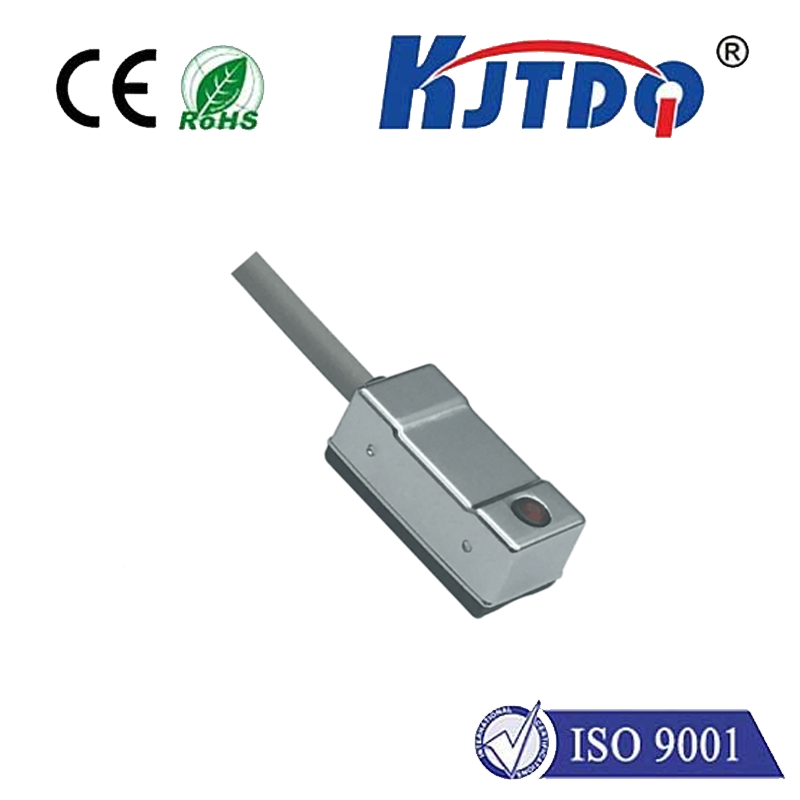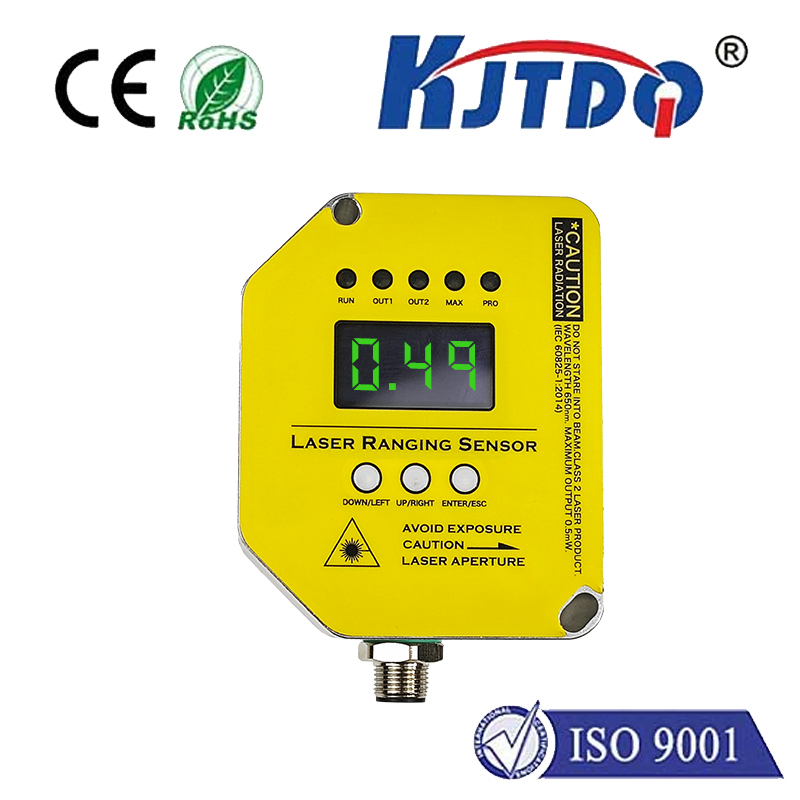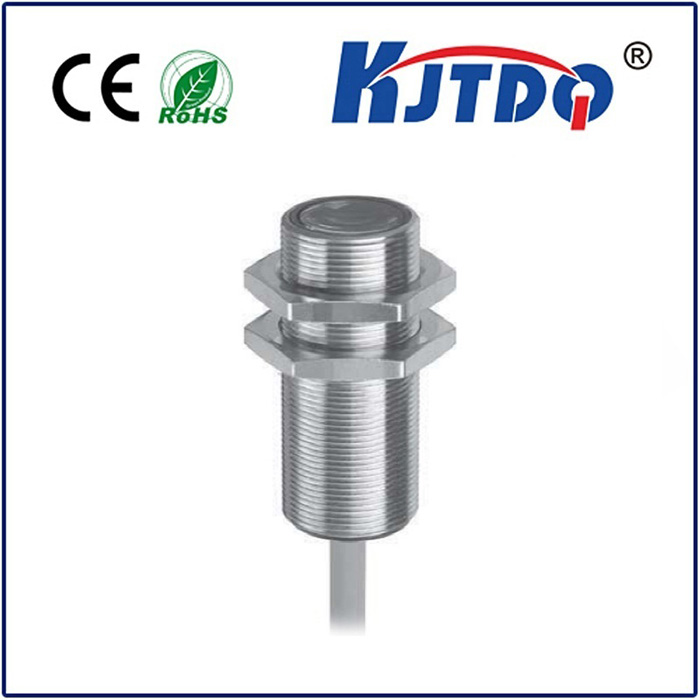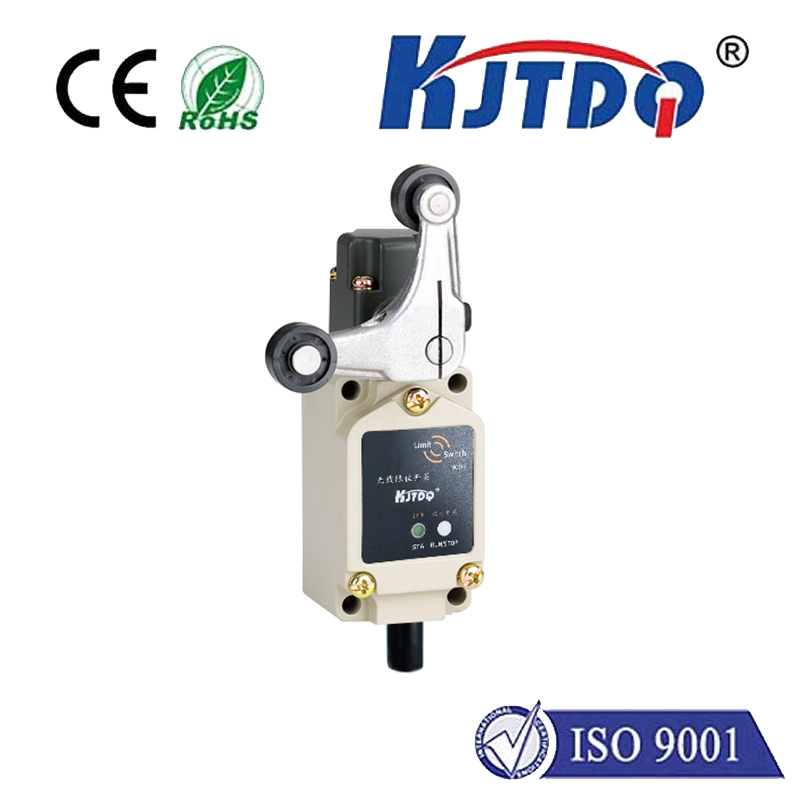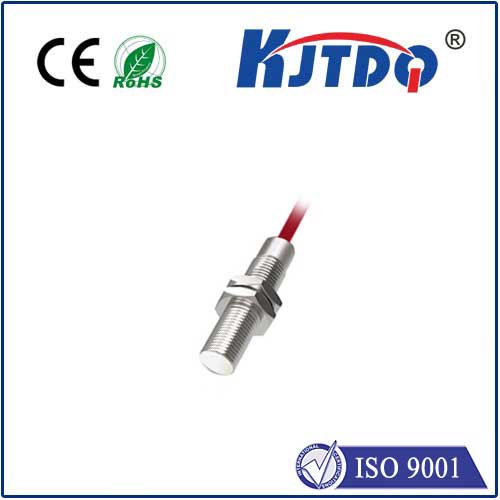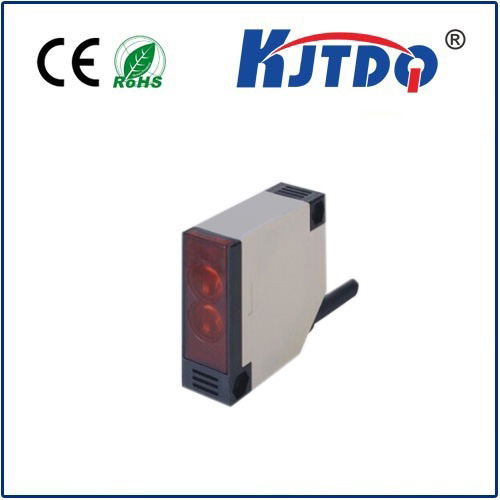

check

check

check

check

check

check

check

check

check

check
Forget tape measures and educated guesses. In the demanding worlds of manufacturing, robotics, construction, and beyond, the need for fast, accurate, and reliable distance data is paramount. Enter the laser distance sensor—a sophisticated tool transforming how we quantify space. This technology leverages the fundamental properties of light to deliver pinpoint precision at staggering speeds, making it the gold standard for countless applications where traditional methods fall short.
At its core, distance measurement using a laser sensor is elegantly simple in principle yet technologically profound in execution. The sensor emits a highly focused, coherent beam of laser light—typically in the visible red or, more commonly now, the infrared spectrum for safety and performance. This beam travels through the air towards a target. The critical measurement involves determining how long it takes for the light to travel to the target and return to the sensor. Since the speed of light (c) is a known constant (approximately 300,000 kilometers per second in a vacuum), the distance (d) can be calculated with remarkable accuracy using the basic formula:
d = (c * t) / 2

Where t is the measured flight time. The division by two accounts for the round-trip journey of the light pulse.
However, measuring this incredibly short travel time (often in picoseconds or nanoseconds) demands sophisticated techniques. Modern laser distance sensors primarily utilize two dominant methodologies:
A third method, Triangulation, is also frequently employed, especially in short-range, high-precision applications like component inspection on production lines. Here, the laser projects a spot onto the target. A receiver (like a CCD or CMOS sensor) views the spot from a known angle relative to the emitter. The position of the laser spot on the receiver shifts depending on the target’s distance. Applying straightforward geometric trigonometry allows the calculation of the distance. While offering very high resolution at close range, this technique has a smaller measurement range compared to ToF or phase-shift methods.
The advantages of laser distance measurement are compelling and drive their widespread adoption:
Consequently, laser distance sensors permeate countless industries:
Of course, no technology is without considerations. Laser sensors can be affected by highly transparent objects (which may allow the beam to pass through or reflect poorly), extreme environmental conditions like heavy fog or dust obscuring the beam, highly reflective surfaces causing secondary reflections, and the inherent safety protocols required for Class 1, 2, or 3R lasers (though most industrial sensors are designed to be eye-safe).
The trajectory of laser distance sensor technology points towards increasing miniaturization, enhanced immunity to challenging environmental factors, improved accuracy at longer ranges, lower power consumption, and greater integration with artificial intelligence for smarter interpretation of spatial data. As the demand for automation and precise spatial awareness grows across all sectors, the role of the laser distance sensor will only become more critical. It embodies the perfect fusion of fundamental physics and advanced engineering, providing the exact measurements our increasingly automated world demands.
